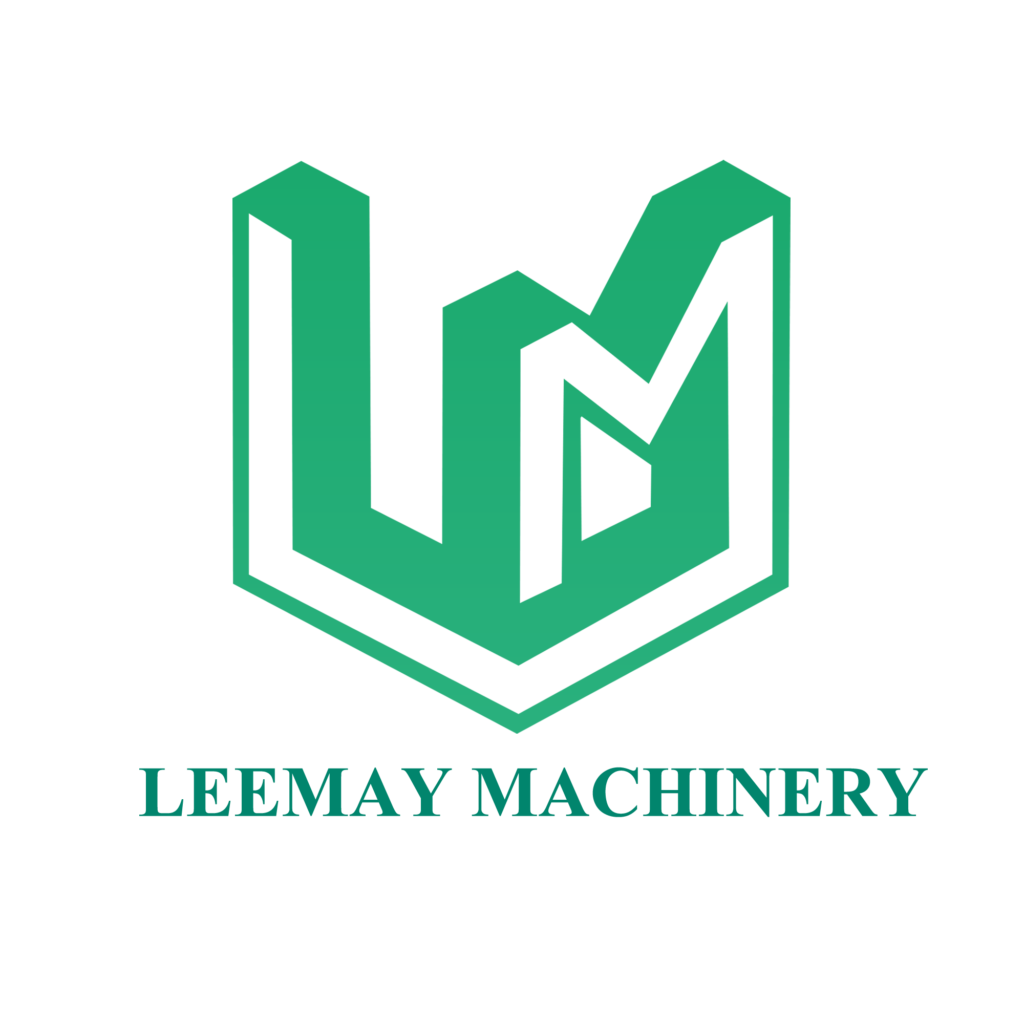-
Turn Waste into Value with a Mobile Concrete Crusher
As the demand for construction waste recycling continues to rise, mobile concrete crushers have become the ideal solution for on-site crushing and material reuse. Compared with traditional fixed crushing equipment, mobile crushers provide flexibility, efficiency, and cost savings for projects in demolition, road construction, and mining operations. 1. Key Advantages 1.1 Mobility and Flexibility Mobile…
-
Why Mobile Crushers Are the New Favorite for Granite Processing
In the granite processing industry, traditional fixed production lines once dominated. However, recent field tests in mountainous mining areas have completely reshaped the industry’s understanding — by adopting mobile crushing plants, operators have reduced transportation costs by 50% and increased production efficiency by 30%.Today, more and more companies are choosing mobile crushers as their first-choice…
-
From Raw Ore to High-Grade Iron Concentrate: Key Operations in the Complete Iron Ore Beneficiation Process
In iron ore processing, the transformation from raw ore to high-grade iron concentrate depends on precise control over four critical stages — crushing, grinding, separation, and purification. Each stage directly affects the concentrate grade and metal recovery rate. Today, Leemay Machinery shares essential operational insights for achieving efficient and stable iron ore beneficiation. 1. Crushing…
-
Efficient Crushing of Hard Lithium Ore with Jaw and Cone Crushers
In the beneficiation of hard-rock lithium ores such as spodumene and lepidolite, crushing is the first and most crucial stage. Its efficiency and cost directly affect the stability and profitability of downstream grinding and flotation operations.However, due to the high hardness and strong abrasiveness of lithium ore, a single crusher often struggles to meet the…
-
Manufactured Sand vs Natural Sand: Key Differences Explained
Sand is generally divided into two categories: natural sand and manufactured sand.Natural sand is formed under natural conditions such as rock weathering and river erosion. It consists of rock particles with a diameter below 4.75 mm (typically under 5 mm).Manufactured sand—also known as mechanism sand—is produced by crushing rocks through sand-making machines and related equipment.…
-
Shape & Wear Parts: Two Core Factors for High-Quality River Pebble Aggregate Production
Not all river pebble sand production delivers the same results — while some aggregates sell at a premium, others struggle due to poor quality. The key difference often lies in particle shape and wear part performance. Shape determines the “appearance” and mechanical strength of the aggregate, while wear parts affect production efficiency and cost. Together,…
-
Magnetite vs Hematite: How Processing Differences Shape Equipment Selection
In the iron ore processing industry, magnetite and hematite are the two most common raw materials. Their differences in magnetism, hardness, and particle size distribution determine not only the processing methods but also the equipment configuration. Choosing the wrong setup can lead to lower productivity, higher energy consumption, and reduced metal recovery, ultimately cutting into…
-
How to Configure an Ideal River Pebble Sand Making Production Line
River pebbles, known for their high hardness, wide availability, and low cost, have become one of the most popular raw materials for sand making. However, for investors, a well-designed production line matters far more than simply buying machines — poor configuration can result in low output, poor product quality, and even reduced return on investment.…
-
Improve River Pebble Sand Yield with the Right Sand Making Machine
In a river pebble sand production line, the finished product rate directly determines your profit margin. From the same batch of pebbles, one factory may produce 80% qualified sand that meets building standards, while another gets only 50% usable material — the rest ends up as waste. Many assume the problem lies in the raw…

LEEMAY MACHINERY CO., LTD
Commitment to innovation and sustainable development.
Rock Crushing Expert
![]() HOTLINE: +86-13592528737
HOTLINE: +86-13592528737